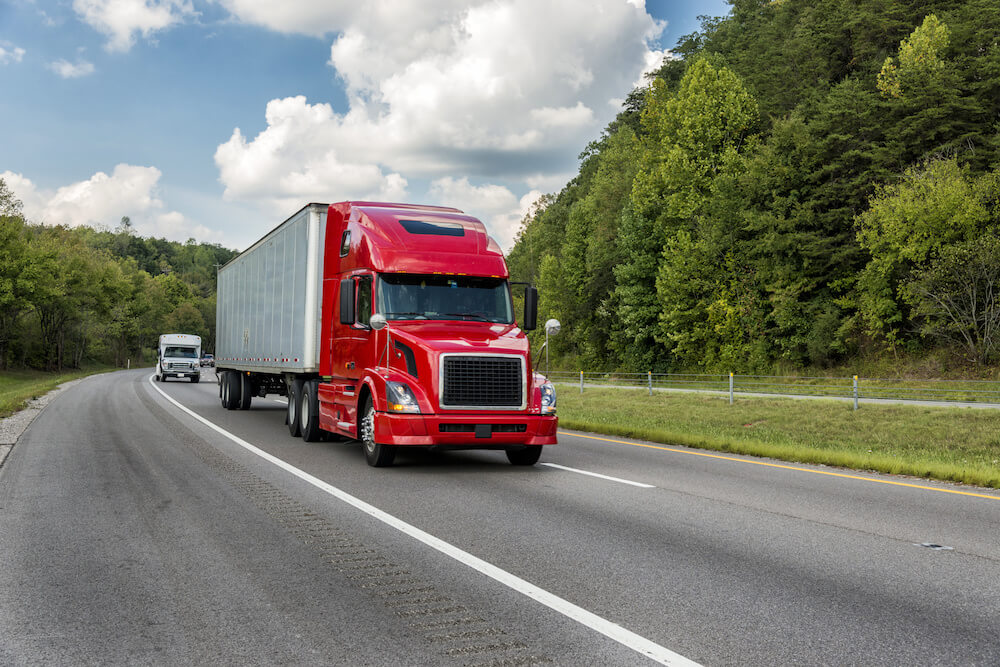
FacebookTweetLinkedInEmailPrint If you own a trucking business, your vehicles travel a lot of ground.Some trips stay within one state’s borders, while others cross state lines or even international borders.In the trucking world, two terms often come up: intrastate and interstate trucking.
But what exactly do they mean, and how do they impact your business? Understanding the differences is crucial for choosing the right trucking authority and ensuring compliance with the necessary regulations.In this article, we’ll break down the distinctions between intrastate and interstate trucking, explain the requirements for each, and guide you on the next steps to keep your business running smoothly.What Do Intrastate and Interstate Mean in Trucking? Let’s start by seeing how the Federal Motor Carrier Safety Administration (FMCSA) defines these terms: The Rules and Regulations for Each Type The type of trucking your business does—intrastate or interstate—will determine which regulations you need to follow.
Here’s how it breaks down: Common Trucks Used in Intrastate vs.Interstate Commerce Different types of trucks are typically used depending on the nature of the cargo and the distance involved: The Importance of DOT Numbers Regardless of whether you operate intrastate or interstate, you might need a USDOT Number.This number serves as an identifier used by the government to track safety records and compliance information for motor carriers.
You are required to have a USDOT Number if: For intrastate commerce, a USDOT Number may also be required if your state mandates it for certain types of vehicles or cargo.Always check with your state’s licensing agency to ensure compliance.Do You Need an Operating Authority? If you run an interstate trucking business, you’ll need operating authority (an MC Number) in addition to your USDOT Number.
The MC Number specifies what type of operations you are authorized to conduct and what types of cargo you can carry.You’ll need an MC Number if: Having the appropriate operating authority is critical because it also dictates the level of insurance coverage required.For instance, a carrier transporting hazardous materials across state lines will need higher coverage limits than a dry van truck delivering non-hazardous goods within a single state.
Ensuring the Right Insurance Coverage Insurance is a fundamental requirement for both intrastate and interstate trucking businesses.The type of insurance coverage you need may vary depending on your operating authority and the cargo you transport.Our team can help you get truck insurance quotes tailored to your business’s needs, whether you’re running a fleet of semi trucks across state lines or a few dump trucks within your state.
How to Register for a USDOT Number and Operating Authority If you’re new to the trucking industry and need to register, you can do so through the Unified Registration System (URS) online.New applicants will receive a USDOT Number as part of the registration process.Make sure you complete the necessary steps to secure your operating authority if you plan on conducting interstate commerce.
Key Takeaways: Intrastate vs.Interstate Trucking To recap, intrastate trucking means staying within your state, while interstate trucking involves crossing state or international borders.Each type of operation comes with its own set of regulatory requirements, including registration, insurance, and compliance standards.
Ensuring your trucking business is properly registered and covered will help you avoid penalties and operate more efficiently.Whether you’re transporting goods locally with dry van trucks or running a long-haul fleet of semi trucks, having the right insurance coverage is crucial.Our team is here to help you navigate the complexities of truck insurance.
Get started with truck insurance quotes by filling out our online form, calling us, or using our LiveChat.We’re here to support you with all your transportation insurance needs.
FacebookTweetLinkedInEmailPrint
Publisher: InsuranceHub








